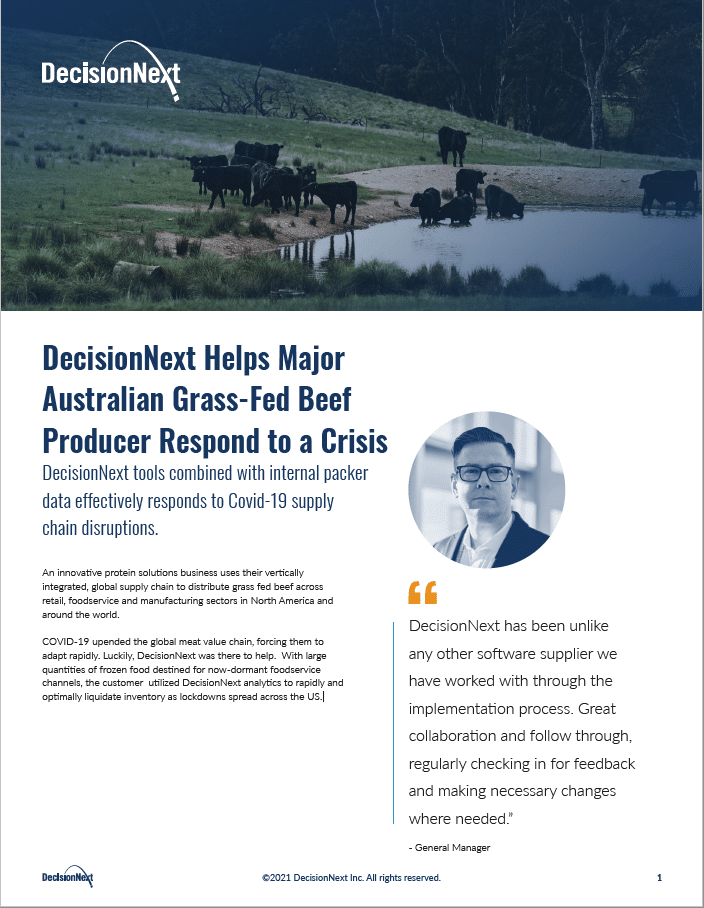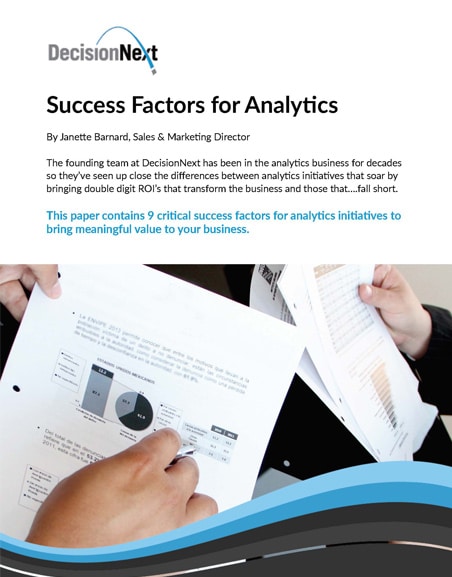Working with the Australian Meat Processor Corporation (AMPC), DecisionNext has released a new research report examining how weather affects Australian cattle and lamb markets. This report comes at a key time, as dry conditions in southern Australia raise concerns about cattle supply and U.S. beef imports.
When the Weather Shifts, So Do the Prices
The report does more than explain why weather matters in a predominantly grass-fed production system. It also quantifies its market impact, from producer decisions to export volumes. Using a mix of economic modeling and statistical analysis, the report demonstrates how weather-driven changes in pasture availability shape herd management, slaughter numbers, and ultimately cut price.
Price Signals Start on the Farm
The findings are particularly valuable for producers, processors, and policymakers. While competition in the meat sector is often viewed through the lens of processor concentration, this research highlights that key dynamics—like production costs and feed availability—start on the farm. In a grass-fed system, these variables can swing prices significantly, long before animals ever reach a processing facility.
Among the report’s key findings:
- Weather explains 25% of cattle and 22% of lamb price variability in the short run.
- In grass-fed production, weather can cause up to 40% of cattle price changes.
- Persistent declines in soil moisture—such as a six-month dry spell—can reduce cattle saleyard prices by around 60c/kg.
Impacts like these stem from a simple economic reality: When feed is scarce or costly, producers often sell animals sooner or cull breeding stock, which boosts supply and lowers prices. On the other hand, plenty of pasture leads to more buying competition, abd that pushes prices up as processors compete for fewer animals.
Translating the Signals into Insights
The research uses data from Meat & Livestock Australia (MLA) and the Bureau of Meteorology (BOM) to isolate the most influential weather variables and regions. For cattle, rootzone soil moisture in southern Queensland and northern New South Wales stood out. For lamb, monthly precipitation in southern Victoria and the South Australia Gulf was most explanatory.
By isolating these signals, the report offers a framework for more informed market behavior—whether you’re a buyer trying to manage risk or a policymaker weighing decisions about competition and capacity. And with DecisionNext’s predictive tools at your fingertips, you can stay ahead by making informed pricing and supply decisions—before the market moves.
Explore the full report here, or book a demo today at DecisionNext.com.









